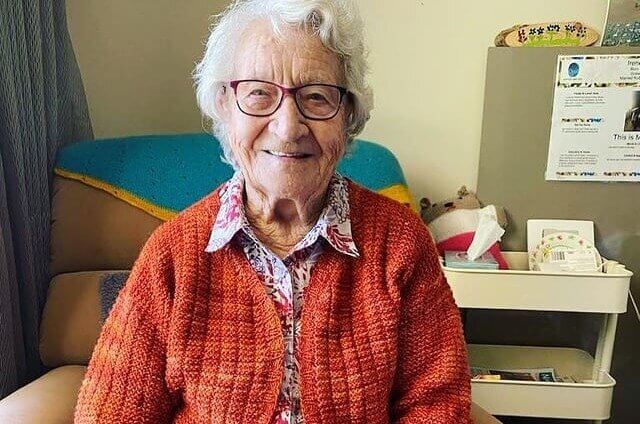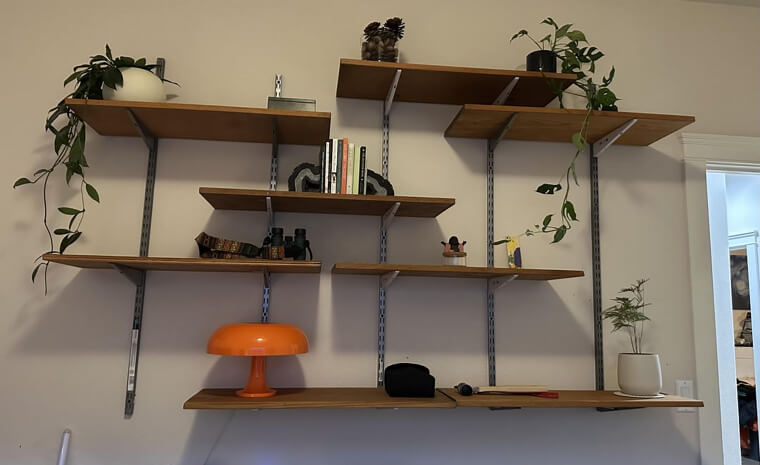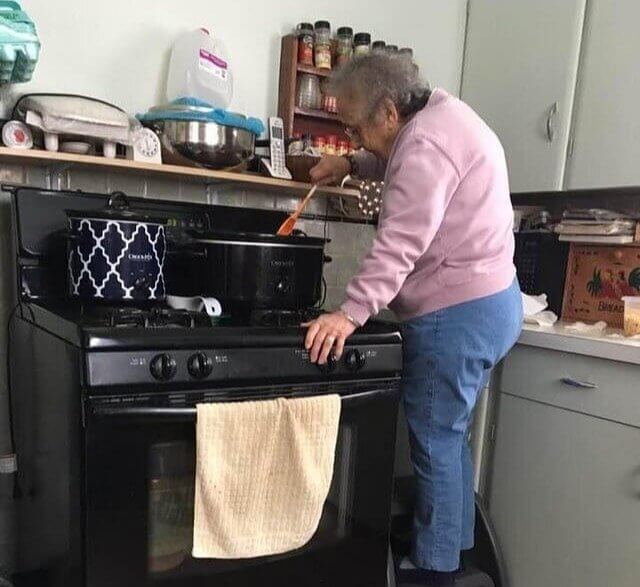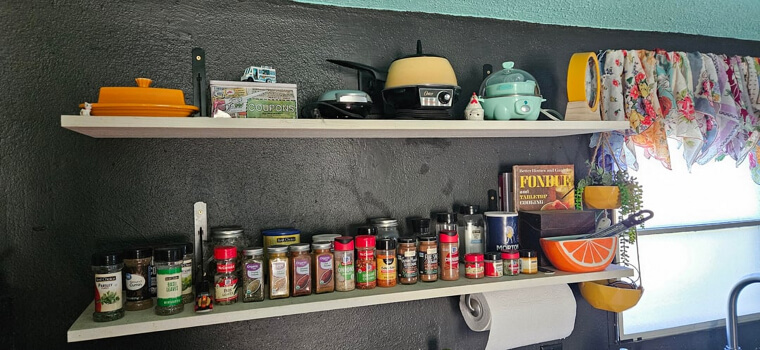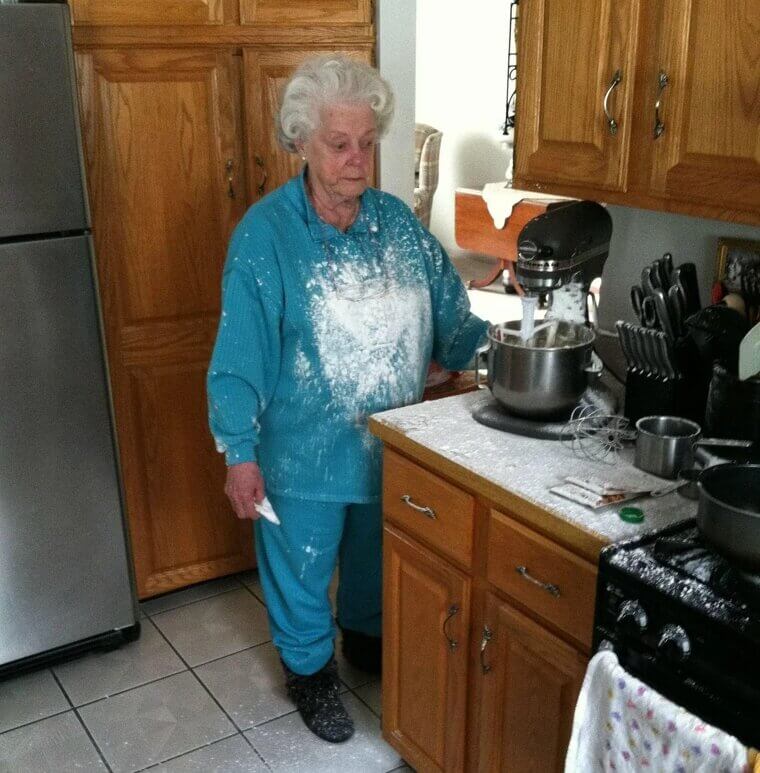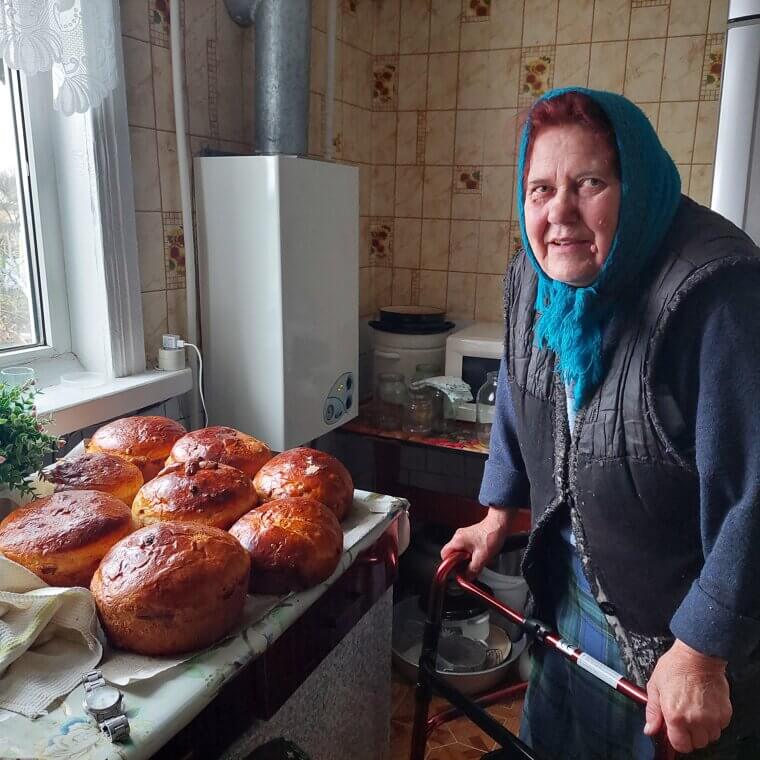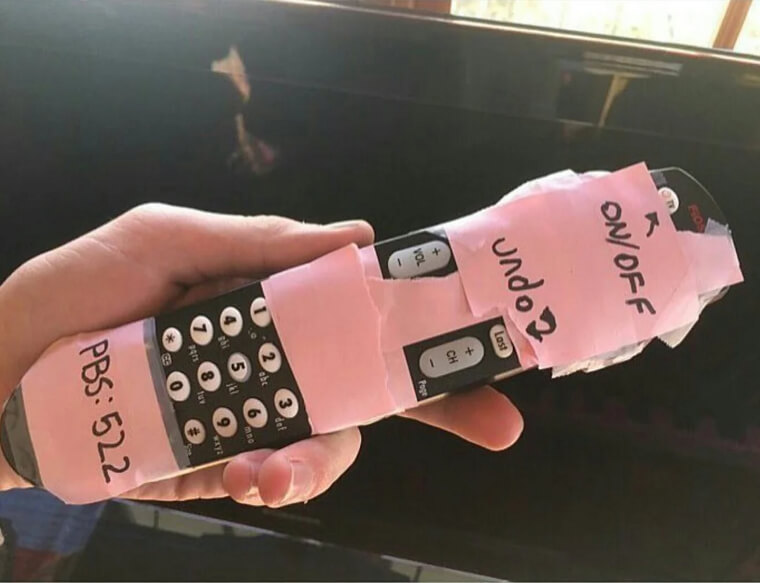Pay Attention to What They Actually Need, Not What Looks Crafty
Practical DIY gifting starts with identifying real needs. Older adults often deal with small inconveniences that younger people overlook. Look for things that would make their daily routines smoother. This might be a place to store remote controls, a way to keep mail organized, or a simple tool that prevents bending or reaching. Before you start crafting, make a mental list of where they spend the most time and what they reach for often. A useful DIY project begins with solving a problem, not creating decor that adds clutter. The more specific the need, the better your gift. A well built tray for keys is more valuable than an elaborate handmade decoration. Observing their routines gives you a clear direction and prevents wasted effort on something that will sit unused.
Use Durable Materials Instead of Trendy Craft Supplies
If your goal is a gift they will rely on, choose materials that last. Older adults often prefer functional items that stand up to daily use. Wood, sturdy fabric, metal hooks, and clear labels work better than glitter, flimsy cardboard, or complicated embellishments. For example, a memory photo board with strong clips is more practical than a delicate framed collage. A reinforced tote for errands is more useful than a decorative basket. Avoid anything that requires complicated upkeep. Think simple, durable, and easy to clean. Practical gifts should make life easier, not create new maintenance tasks. When in doubt, choose materials that would survive a drop, spill, or tug. This ensures your DIY gift holds up and becomes something they use without worrying about breaking it.
Design for Ease of Use Above Everything Else
Many older adults appreciate gifts that eliminate small frustrations. When crafting, think about the mechanics. Can it open easily? Is it lightweight? Does it have clear instructions? Avoid tight lids, tiny clasps, heavy joints, or items that require fine motor skills. Something as simple as a DIY pill organizer with large labels or a grab and go basket for commonly used items can be more helpful than anything decorative. If you are making household organizers, be sure they do not require bending or lifting. If you are building storage solutions, keep them low and accessible. The best DIY gifts reduce effort. They should support limited mobility, changing eyesight, and the need for simplicity. Practicality always outweighs aesthetics when crafting for older adults.
Build Simple Storage Solutions They Can Reach Easily
Many older adults struggle with storage that is too high, too low, or too heavy. A practical DIY gift is to reorganize and rebuild storage spaces so everything they use most is reachable without stretching or bending. You can install low mounted shelves, add pull out baskets inside cabinets, create labeled bins for toiletries, or assemble a lightweight rolling cart for daily essentials. These upgrades reduce strain and prevent accidents. The key is to simplify. Avoid complicated drawer systems or multi step lids. Focus on solutions that keep items visible and easy to grab. A well organized storage layout can make cooking, cleaning, and basic daily tasks smoother and safer. This kind of project does not feel like a traditional Christmas gift, but it delivers real value that improves their quality of life throughout the year.
Create a DIY “daily Essentials” Station They Can Use Without Moving Room to Room
Older adults often make multiple trips around the house to gather essentials like glasses, remotes, tissues, chargers, notebooks, and medications. A DIY essentials station keeps everything in one place and reduces unnecessary steps. Use a small caddy, a divided tray, or a lightweight rolling cart. Label sections clearly and choose containers that are easy to open. Add simple touches like a non slip mat or padded grip handles. Once organized, place it where they spend the most time. This setup reduces stress and keeps important items from getting misplaced. It also prevents falls caused by unnecessary walking or bending. Practical, simple, and immediately helpful, this project quickly becomes something they use every day without even thinking about it.
Make the Presentation Straightforward and Functional
When giving a practical DIY gift, the presentation should be as useful as the item itself. Skip elaborate wrapping that generates trash or difficult packaging they have to wrestle open. A reusable bin, a simple label, or a basic cloth bag works better. Include brief, clear instructions if needed, especially for organizational tools or small household upgrades. Avoid anything that adds confusion. A practical gift should feel ready to use the minute they receive it. If you made something that installs, set it up for them instead of handing it over with a note. If it organizes something, help them fill it. The more turnkey your gift is, the more they will appreciate it. Practical DIY gifts succeed when they remove effort, not create more steps.
Turn Your Time Into a Functional Service, Not a Sentimental Gesture
Instead of a soft hearted “spend time together” theme, think of what you can do with them that checks off real tasks. Offer a DIY day focused on practical help. Clean out a junk drawer, relabel pantry items, replace dim bulbs, repair loose hinges, or help set up simple tech features like volume settings, bookmarks, or emergency contacts. Older adults often have a mental list of small tasks they cannot safely or easily manage. Doing them in one efficient session saves them money and stress. Create a written list of what you completed so they remember how things were organized. This type of hands on support is often the most valuable contribution you can make. It is not sentimental, but it is immediately useful.
Make a Large Print Instruction Binder for Household or Tech Basics
Many older adults struggle with remembering steps for appliances, phones, remotes, and smart devices. A DIY instruction binder can solve daily frustrations. Create clear, easy to read guides with large print and simple steps. Include photos if helpful. Cover tasks like how to use the microwave settings, how to turn on captions, how to switch TV inputs, how to adjust thermostat schedules, or how to access voicemail. Place each page in a plastic sleeve so it lasts. Older adults can reference it anytime without calling for help or guessing through confusing menus. This type of gift saves time for everyone and builds confidence. It is not sentimental, but it is extremely practical and becomes one of the most used items in their home.
Assemble a Simple Home Safety Kit They Can Actually Manage
Many older adults own safety items they do not know how to use or cannot access quickly. Create a DIY safety kit that includes large flashlights with easy switches, non slip pads, night lights, replacement batteries, grip socks, and basic first aid supplies. Arrange everything in a clearly labeled bin stored where they can reach it easily. You can also check their smoke detectors and swap failing bulbs while you deliver the kit. This project improves safety without overwhelming them with complex gadgets. Practical, straightforward safety support is valuable at any age, and older adults appreciate having tools they can handle without frustration.
Set up a DIY “comfort Corner” for Cold Months
Many older adults benefit from a dedicated comfort space that helps regulate temperature and organize cozy items in one place. Create a small setup with folded throws, heat packs, a stable tray for tea, reading glasses, and any daily medications or skin care items they keep nearby. You can also add an easy to operate lamp with a large switch. The goal is to reduce the effort of gathering comfort items and make winter routines smoother. This corner helps prevent cold related aches and saves them multiple trips across the home. It is a practical, hands on project that improves everyday comfort without cluttering their space.

